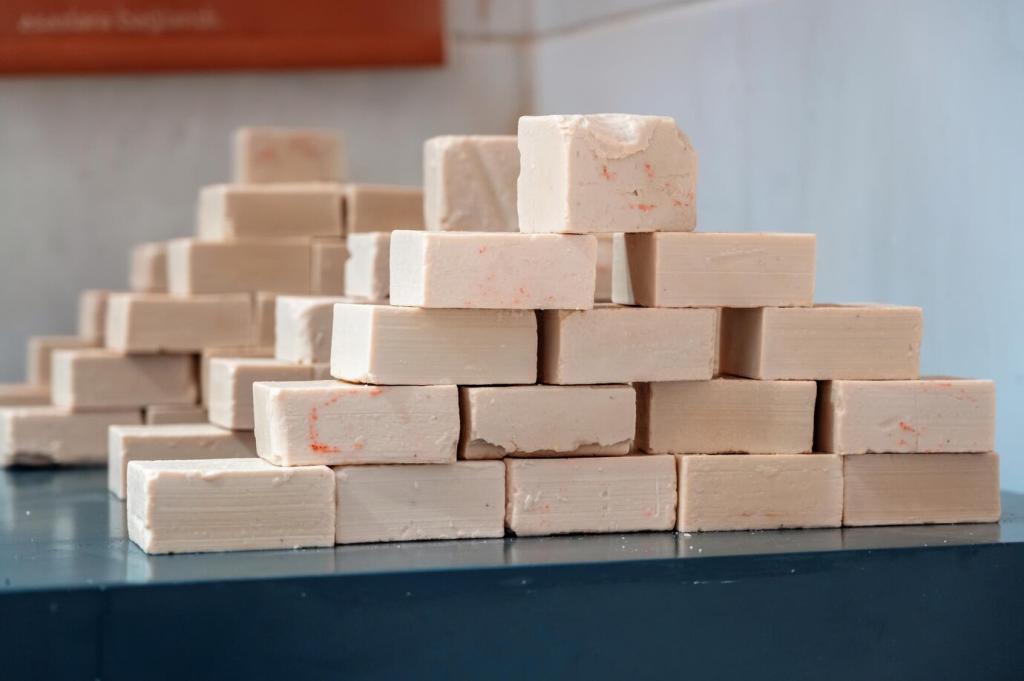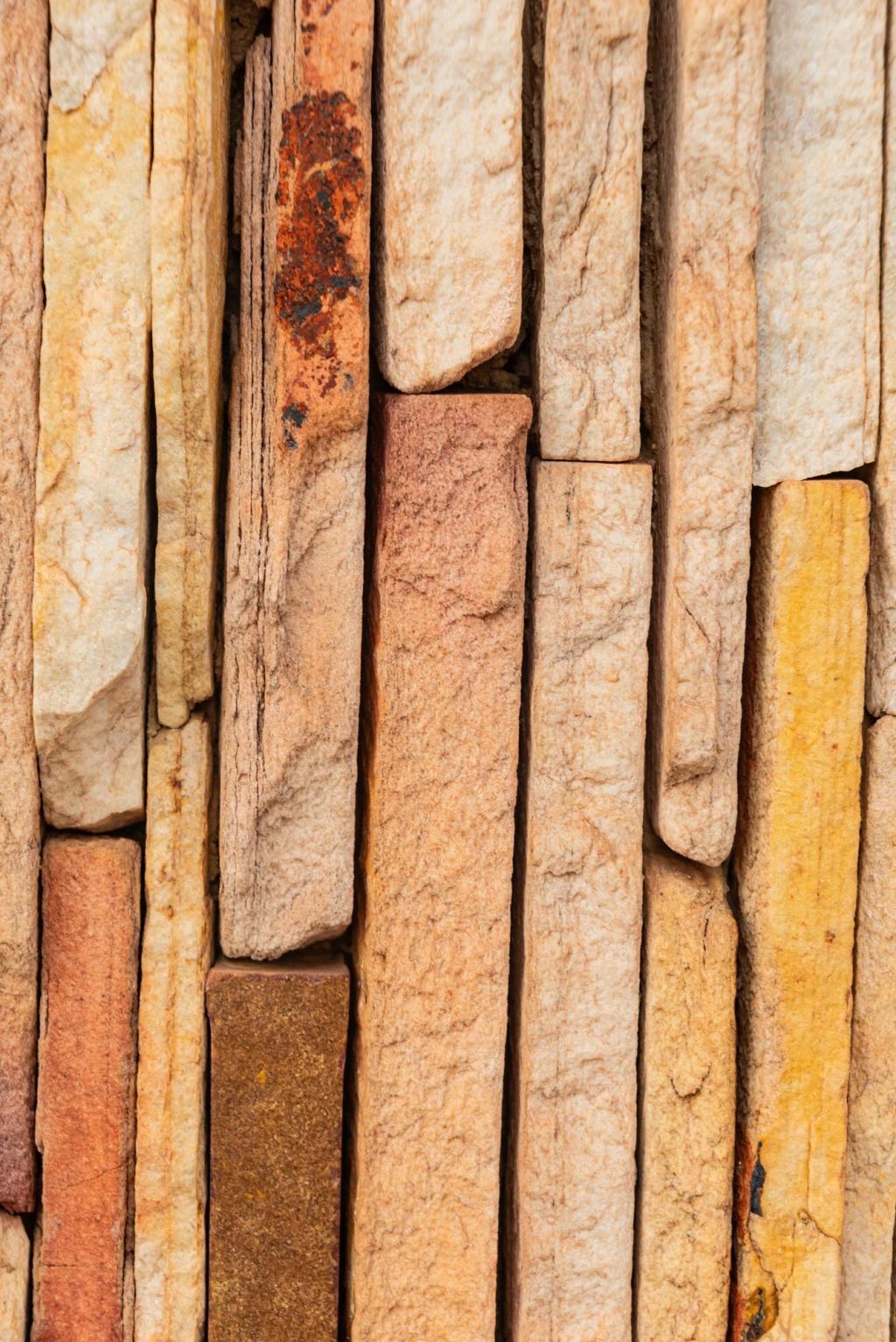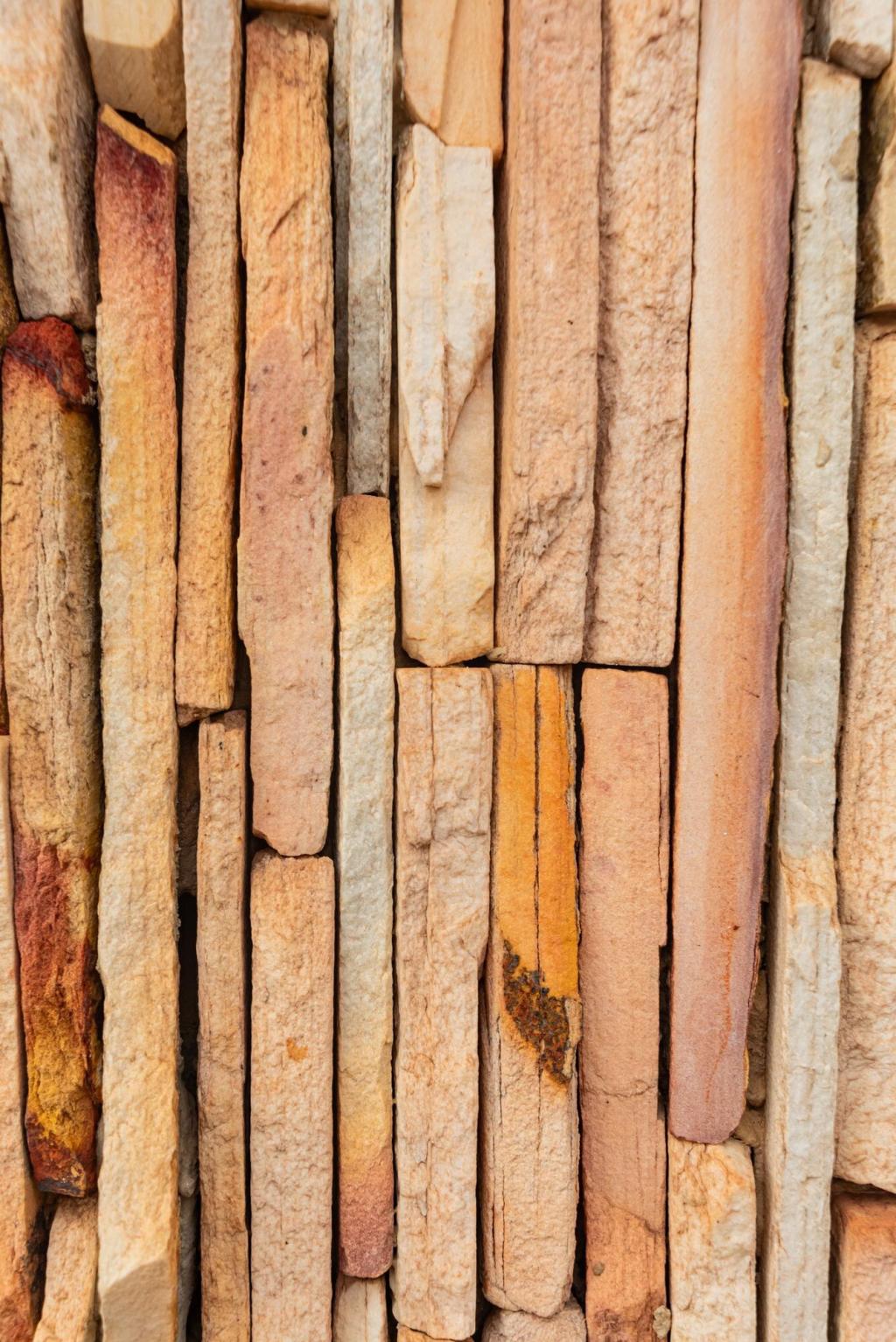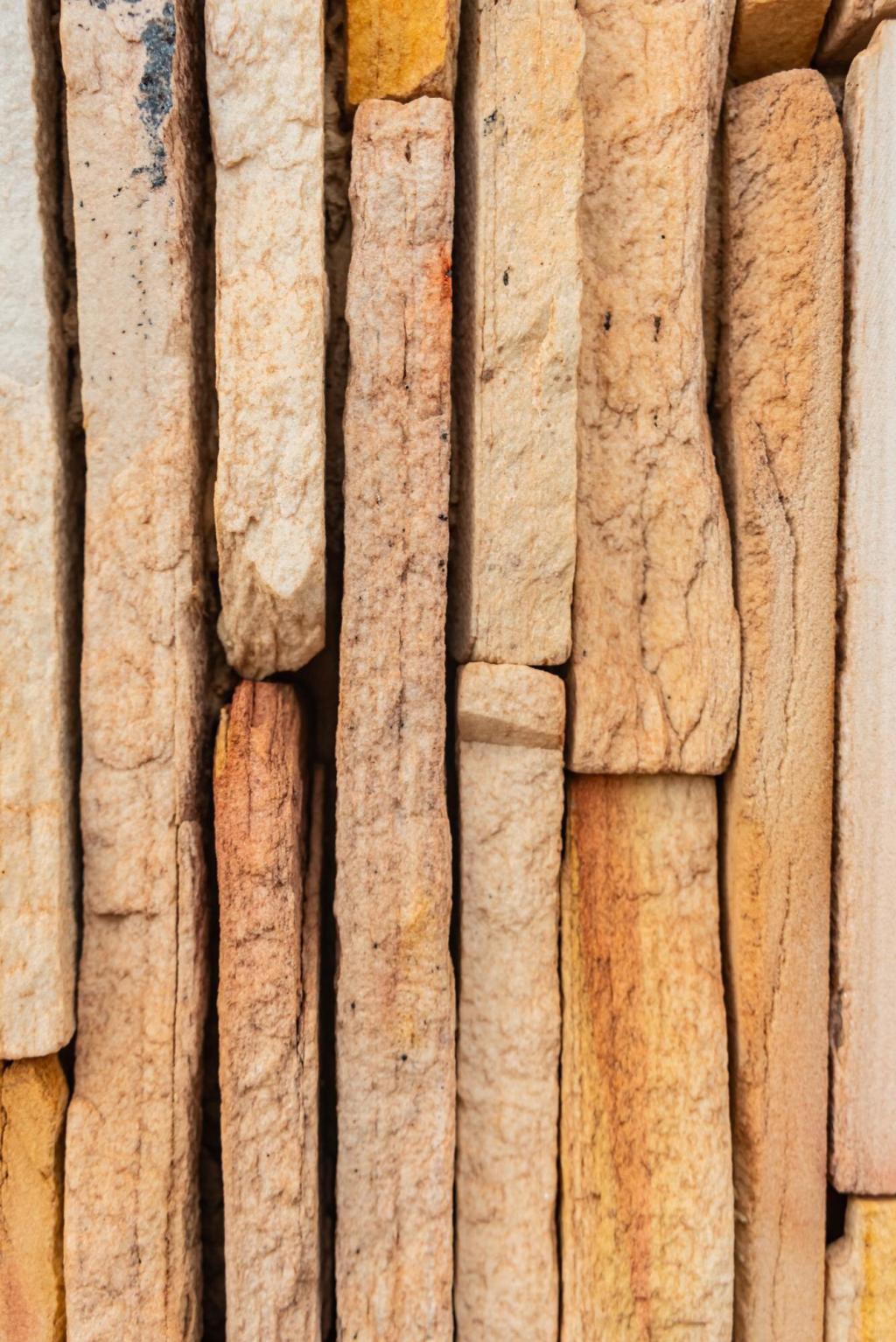Cork Facades and Insulated Renders
Cork oak bark regenerates every nine to twelve years, storing more carbon as it regrows. Expanded cork boards bond without synthetic glues, bringing a smoky, earthy texture that dampens noise and resists pests. Would you go bold with natural black cork or coat it with tinted limewash?
Cork Facades and Insulated Renders
Use lime-based adhesives and renders over cork to maintain vapor permeability. This allows walls to dry quickly after rain while resisting mold. Share your climate zone and we will suggest thicknesses, adhesives, and top coats that balance insulation, breathability, and impact resistance.




